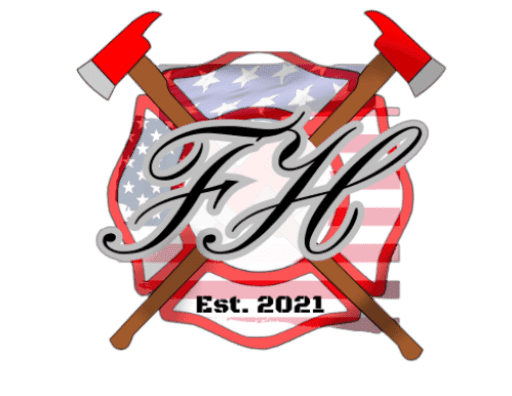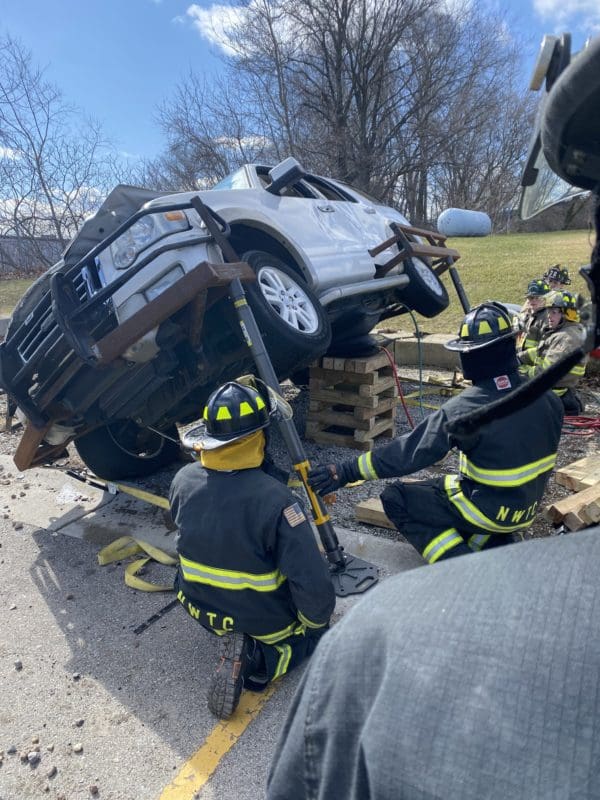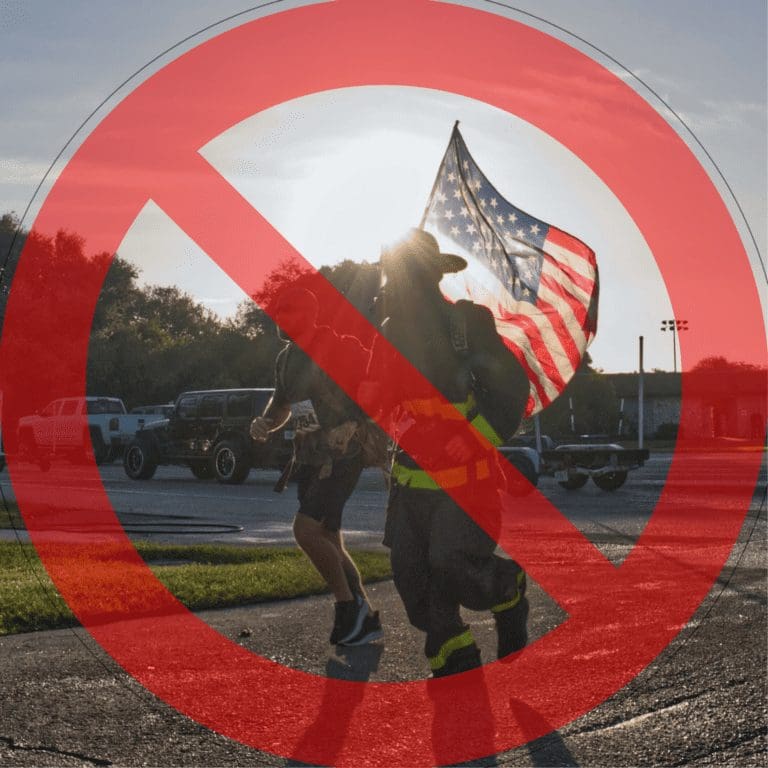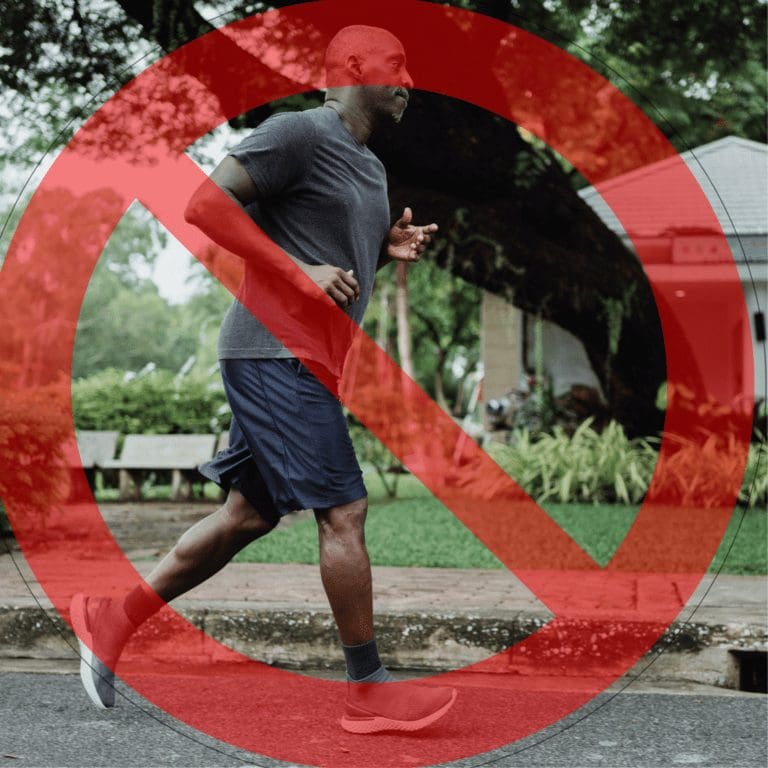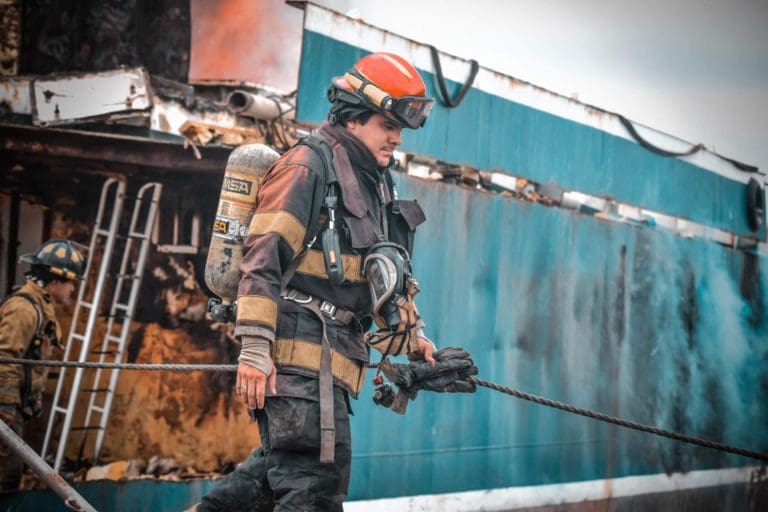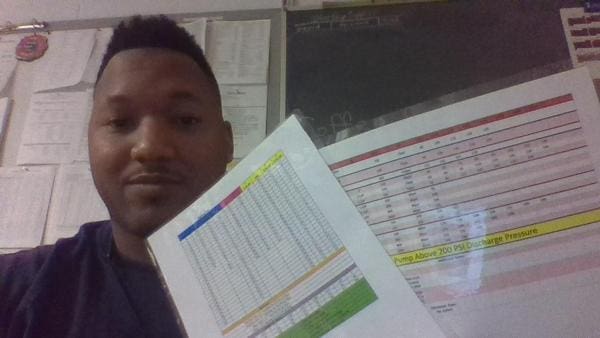How to pass Firefighter 2 written exam
You have passed your Firefighter 1 course, probably a few others as well. Finally you’re seeing the light at the end of the tunnel in your fire service training, and you are coming up to the end of your FF2 training. Whether you are going through your own department’s fire academy or you are going through a school to get your certifications, it’s a real good feeling that you are finally close to the end of training. Now it’s time to take your Firefighter 2 exam.
The way to pass your Firefighter 2 written exam, will be just like passing your firefighter 1 and driver operator exams. Before I give you a list of categories you should focus on, it is important that you understand what the Firefighter 2 course is even about. Firefighter 1 is the basic principles of fighting fire, and staying safe doing it. Firefighter 2 is like a hybrid of the fire officer course and firefighter 1.
Things to focus your studies on:
- Firefighting principles
- Fire Investigation
- Hazmat
- Vehicle extrication
- Establishing command
- Scene size up as officer of first due engine
- Equipment maintenance and testing
Firefighting Principles
In firefighting principles or firefighter 1 course, you learned the very basics of fighting fire, smoke reading, etc. These skills are still very key, and cannot be neglected. I wrote an article about an inside look about what firefighters use to put out fire. Make sure you go back through this, which should cover the majority of Firefighter 2 because most of firefighter 2 is firefighter 1, plus some advanced techniques. During the practical portion of the test, it is very common to forget the basics of fire 1 that are still fair play.
When I did my Firefighter 2 state practical, I remember a group failing their interior attack station, all because as soon as they entered the structure, they failed to sound the floor before entering. This is an example of simple basic steps that is easy to forget, but happens to be a critical failure if it is not done. The second group I saw fail the same station because they failed to test their nozzle flow prior to entering. Had they tested it, they would’ve known that their line did not have water running through it, and that they needed to request water before entering. This of course resulted in another critical failure.
Fire Investigation
Now this is a new concept if you are just coming from Firefighter1.
Now besides extinguishing fire, doing ventilation and search and rescue, you are taught the basics of fire investigation, which include identifying points of origin. Although this is information you will find in your textbook, pay attention to the sections that identify burn patterns and damage that indicate where the fire may or may not have been started.
You will be taught that investigators usually begin their investigation from outside in, and from the areas with lightest damage to the areas with the deepest char. Areas with the deepest char or damage are usually indicative where the fire may have been started.
On top of being able to identify areas where the fire investigator will be looking, we are taught the basics in order to preserve it during our fire attack. Some good ways to protect evidence may be to lay some tarps down and protect it from any additional water damage.
Hazmat
You will revisit the hazmat station once again, but it may be a little bit different this go around. When I tested out for hazmat for firefighter 1 vs firefighter 2, during the firefighter 1 exam, the hazmat portion was a lot placard identification, as well as knowing the types of containment methods like
- Damming
- Diking
- Absorption
- Adsorption
- And much more
Now during the firefighter 2 test, the questions were much more technical things such as what percentage would you set the foam eductor before applying foam. Other questions may ask you what type of foam creates a crust over the hazardous material, or even what the percentages are for low, medium & high expansion foams. Make sure to know these things, and you should be just fine with these types of questions. Check out this post I wrote about how firefighters identify hazardous materials.
Vehicle Extrication

Vehicle extrication is a new concept coming in from firefighter 1. In this section, you learn all about techniques and steps to extricate victims from a wreck. Things such as Dash Roll & Dash Lift are things you should be familiar with. Remember some common tools used for extrication are:
- Hydraulic Ram
- Hydraulic Spreaders
- Hydraulic Cutters
- Spring loaded punch
- Axe
- Sawzall
- Halligan
Make sure you know how each of these tools are used and know their effects. One question that I got on a test was what would be the effect of a spring loaded punch on the windshield. The windshield is made out of laminated glass while the other windows are tempered glass. The spring loaded punch will break all other windows except the windshield.
Establishing Command
For me, this was one of the more challenging things for me to do, since I have not always been a fan of doing a lot of talking, nor did I feel that I could adequately take command of an incident.
Something that was interesting to me was learning first hand the limits of the span of control. Span of control is a term used to describe how many people or units a single person can manage without becoming overwhelmed.
With practice, you quickly become accustomed with establishing command as soon as you arrive on scene. What this will do is while you are testing, you will recall what you did when you had to establish command and be able to appropriately answer those questions.
Scene Size Up
During your classes, you are given the opportunity to run an entire scenario at times, or you may be the officer for the first due engine or even the RIT/RIC team. In all of these positions, you conduct a 360 inspection of what you’re dealing with. Here you will be able to note if and where you can spot smoke, visible flames or even victims hanging out windows, balconies and fire escapes.
What I personally liked about this exercise is that you learn your sides of the structure. Even after a simulated scenario where I was incident commander, I made the assumption a crew had checked the second floor in a 4 story burn tower. Long story short it was not checked, and I missed 2 victims.
Scene size ups are very important, and they give everyone on the fireground a very clear picture of what they may be potentially walking into.
Equipment Testing & Maintenance
Equipment maintenance tends to come pretty easy for people who are mechanically inclined, and If you are not mechanically inclined like myself, you just have to study up on it very briefly. While I do not remember any of these questions on my firefighter 2 written exam, there was a station during state practical. Pretty much I remember asking how to start it up, how would I add fuel and do maintenance. All of these things were demonstrated.
The next thing you are very likely to see when it comes to equipment maintenance is hose service testing. Things you should review are at what pressure would you set each type of hose and for how long. For example, an 1 ¾ in hose line is service tested at 300 psi for 2 minutes. Make sure you know these numbers for both small, medium and large diameter hoses.
Conclusion
To bring this all together Although this post covered only the written portion of the test, everything you learned from the book is something you will need to physically demonstrate. Setting up ladders, search and rescue, fire attack, hazmat operations and more. Be sure to go through your book, utilize flashcards, and relax.
You may also find questions that are on the driver/operator-pumper written exam.
If you want to be notified when I publish new content about testing, and getting hired by your dream department, be sure to subscribe to our email list
